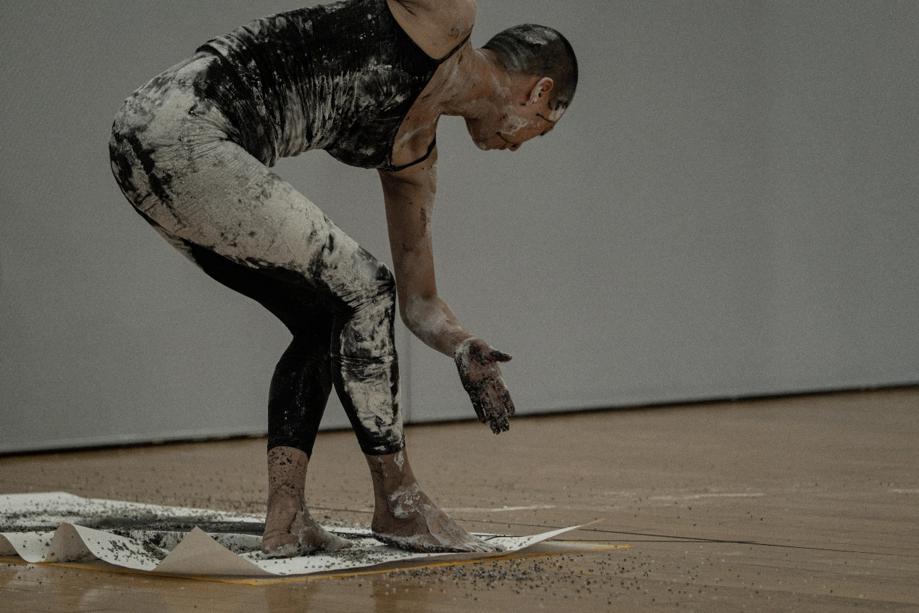

In his early teenage years, he played to the crowd by fitting into the orthodox calligraphy criteria and imitating the styles of ancient calligraphy masters, only experimenting with new forms of calligraphy in private.
"I am not a person who likes to go by the book," Lu says. "By the time I entered high school, I stopped participating in any competition or organization. But I continued to practice calligraphy and explore unconventional methods in the art form, until my first solo exhibition in 2018 at Suzhou Museum.
"Although texts are very important to my creations, in the end I aim for 'de-textualization'. I hope that when visitors come to see my works, instead of reading the prose or poetry created by the classical masters, they can see my artistic language and my expression."
In Lu's vision, the ideographic origin of Chinese characters gives Chinese calligraphy the potential to be portrayed in different forms, such as installation art, and to be appreciated despite language barriers.
"Cultures are diversified and, sometimes, even alienated from one another, but the languages of art, music and dance, for example, are shared by all humanity," Lu says.
"So I've been thinking, if we emphasize the artistic elements of calligraphy, it will become a language understood by all. Even for an international audience that doesn't understand Chinese, people will be able to grasp the rhythmic pattern of the writer and interpret Chinese calligraphy as a visual art."